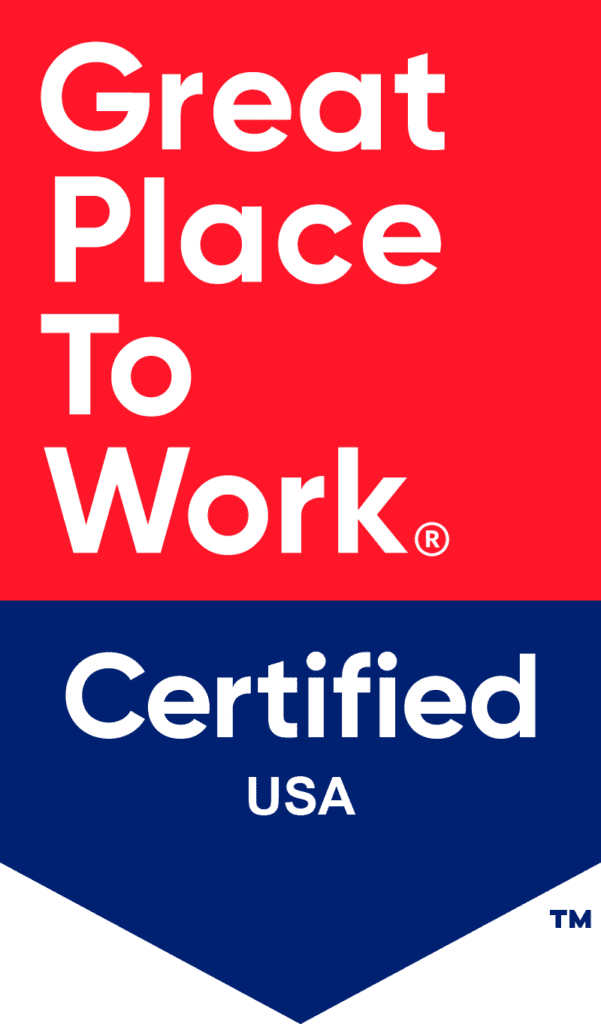Affordable housing owners and developers have better access to financing than ever before. But it’s still not enough
US affordable housing specialists are entering a new world in 2022, with an increased emphasis on the sector from the Federal Housing Finance Agency, a federal spending bill that could allocate up to $150 billion to bolster housing stock, and a greater availability of financing options. But this is still not enough to tackle the country’s severe shortage of affordable housing, lenders and investors tell Real Estate Capital USA.
Alice Carr, head of community and development banking at JPMorgan Chase, says the firm continues to see a gap in housing for lower- to middle- income earners who struggle to pay market rate rents but do not qualify for many subsidies.
To that end, the firm is gearing up to expand its affordable and workforce housing programs.
Individuals making 60-120 percent of area median income are often in need of affordable housing options.
Yet, few subsidies are carved out for this group. “There is much less government subsidy and below-market-rate financing for housing that serves a higher income population than the 60 percent AMI,” Carr says.
In addition to expanded subsidies, Carr believes other community institutions and stakeholders will need to play a role in finding solutions for affordable housing gaps. It will take resources outside of what is currently available to close the gap in the number of affordable housing units the country needs. “You see a lot of players joining the conversation that weren’t there before.
You see tech companies, hospitals, universities, school districts and businesses that have housing concerns. [This is] not just at the federal level, but you see states and cities prioritizing housing as well,” Carr says.
Broader mandate
Market participants are hopeful increased support from federal and state governments and an increase in public-private partnerships will help build and renovate affordable housing.
One important development is a move by The Federal Housing Finance Agency, which oversees Fannie Mae and Freddie Mac, to increase its total multifamily loan purchase caps for the agencies to $156 billion in 2022. As part of that increase, half of the $78 billion allocated to each agency is required to be allocated to mission-driven affordable housing. Additionally, at least 25 percent of the this must be allocated to tenants who are at or below 60 percent of area median income, compared with a 20 percent allocation in 2021.
Increased support from the agencies, combined with more lending capacity from banks and alternative lenders, has been a boon for owners and developers.
Standard Communities, a Los Angeles-based affordable and workforce housing developer, reports a significant increase in the availability and types of financing in the space as it gears up to significantly expand its portfolio of about 12,000 units to more than 20,000 over the next 18 months, Scott Alter, co-founder and principal, tells Real Estate Capital USA. “We are seeing insatiable demand from lenders for the affordable housing properties we are acquiring, and those we already own. This financing is allowing us to grow,” Alter says. “We have been able to be pretty creative in how we have been able to work with conventional lenders and also use the municipal and tax-exempt bond markets as we’ve expanded our portfolio.”
Banks and alternative lenders are responding to the growing number of investors targeting the sector as well as the supply-demand fundamentals. “The stability of the rent roll is appealing, and at this point lenders can go back 35 years in the sector,” Alter says. “That, coupled with knowledge that renter demand is strong and there is a waitlist at the properties makes the default of a loan much lower than in almost every asset class.”
The company is on track to complete more than $1 billion of investment activity this year. This increase in activity stems partly from Standard Communities’ decision to target a wider swath of the affordable housing market, Alter says. This includes middle-income housing that converts to market-rate apartments, properties geared for residents who make 80 percent of the area median income and homeless shelters.
“We have an extreme affordable housing crisis across the country. Even in lower-cost markets, you are seeing a crisis on the renter side because properties are almost fully leased. We see no risk around rental demand,” Alter says.
“The 2020 census stated that the number of new housing units grew at half of the rate of the previous decade. Couple that with rising income inequality in this country and you’re left with an accelerating affordable housing crisis.”
Partnerships abound
As the number of market participants targeting affordable housing rises, there are formal and information education processes around bringing new participants up to speed in what is a complicated process. JPMorgan Chase, a seasoned lender in the space, sits in the middle of owners and developers and a number of state, local and federal programs that can help speed development.
“We do see a lot of other players coming to the table but they’re not affordable housing developers, and they’re not affordable housing funders or investors. They have resources and they have a commitment to affordable housing,” Carr says. “Given our understanding of multi-layered capital stacks [and] the need for different sources and players to create affordable units, we can bring that technical assistance and professionalism to the table and hopefully have those conventional tools ready to fi ll that gap.”
Historic tax credits are also an interesting way to finance the development of affordable housing. “Think [about] turning an old factory building into affordable housing using historic tax credits,” Carr says. “The rehabilitation and renovation of historic buildings can also support the creation of affordable housing.”
There is a bigger picture view as well – the firm is thinking beyond simply creating safe housing. “Healthy, thriving communities need more than just safe, stable housing. We’re using new markets tax credits to finance the development of vital community institutions that support the overall wellness of a neighborhood,” Carr says. JPMorgan Chase also prioritizes working directly with community development financial institutions (CDFIs) which have boots on the ground in the communities they serve to extend support deeply and quickly.
“We lend to the top 40 CDFI loan funds in the country [and] we invest in important initiatives they’re driving, as they are able to more handily deploy financing in the community. So, we are very supportive of the CDFI industry,” Carr says.
Most importantly, Carr says she wants JPMorgan Chase to continue to identify local stakeholders and assist them in developing more and better affordable housing.
“We’ve done a lot of due diligence finding these other players that have resources, such as hospitals and universities, tech companies, healthcare companies. We are talking to them as they’re building up their own expertise around housing, looking for outlets for their own resources.”
Bridging the gap
One area where Standard Communities’ Alter has seen significant change is the availability of bridge financing from conventional lenders, citing the example of the company’s acquisition of a South Carolina apartment community.
Bridgeview Apartments is the largest privately owned affordable housing community in Charleston. Around the time of the acquisition, a loan was coming due.
“The sellers needed to close quickly but the property is going to go through a major renovation,” Alter says. “Our plan was to work with the state on a tax-exempt bond deal, but because those deals take some time to put together, we were able to work with Citibank to procure a bridge loan. This is a great example of the kind of financing that was not available in affordable housing many years ago. Lenders now better understand that business and by providing us with a bridge loan, they allowed us to get our ducks in a row, renovate the property and preserve it as affordable housing.”
The Bridgeview Village deal, with a capitalization of $97 million, was a complex public-private partnership that included low-income housing tax credit equity via SC Housing as well as the Citibank bridge loan. The property’s 300 units are also covered by a Section 8 Housing Assisted Payment Contract.
“As we have grown, it has become clear to state and local officials that we are fulfilling the mission the government wants to see, helping them to preserve and renovate housing,” Alter says.
Dusty Dickerson, a managing director at New York-based Enhanced Capital, says the social impact investment management company is starting to see more co-operation between different stakeholders in developing and redeveloping affordable housing and notes this collaboration is key to producing housing that will benefit a community over the long-term.
The company’s businesses include a commercial real estate bridge lending platform that originates loans on smaller- and mid-market transactions in many secondary and tertiary markets.
Enhanced Capital has found there is ever-increasing collaboration between the different stakeholders in affordable and work-force housing.
“City and state governments are essential in developing and redeveloping projects with financial incentives and zoning and non-profits are essential in the on-going training for the people who are the end users of the property,” Dickerson tells Real Estate Capital USA.
“There is a whole party of folks who are focused on long-term impact creation.”
The firm is preparing to invest several hundred million dollars into low-income and disadvantaged communities and affordable and workforce housing will be a major component of that. “We also focus on economic growth and job creation, environmental sustainability, the re-use of existing buildings, and the ability to redevelop existing areas instead of developing new properties,” Dickerson says.
Enhanced Capital is hoping there will be some benefit to the sector from President Biden’s Build Back Better legislation, which was stalled as this issue went to press. Whatever happens, Dickerson is seeing a shift toward affordable and workforce housing because of the supply-demand fundamentals and for something more.
“If you’re a lender or investor, you can deploy capital into projects that create and impact and align with your missions and themes,” Dickerson says. “There is an opportunity for real
market-rate, risk-adjusted returns in the asset class. It just takes someone who
understands all of the programs and stakeholders to not get scared away.”
Originally published in Real Estate Capital February/March 2022 Issue






